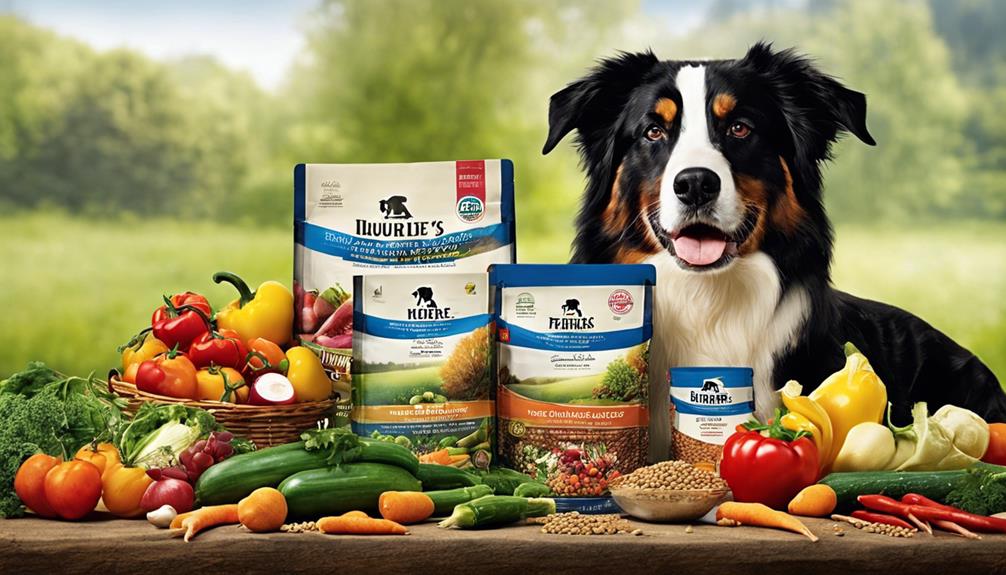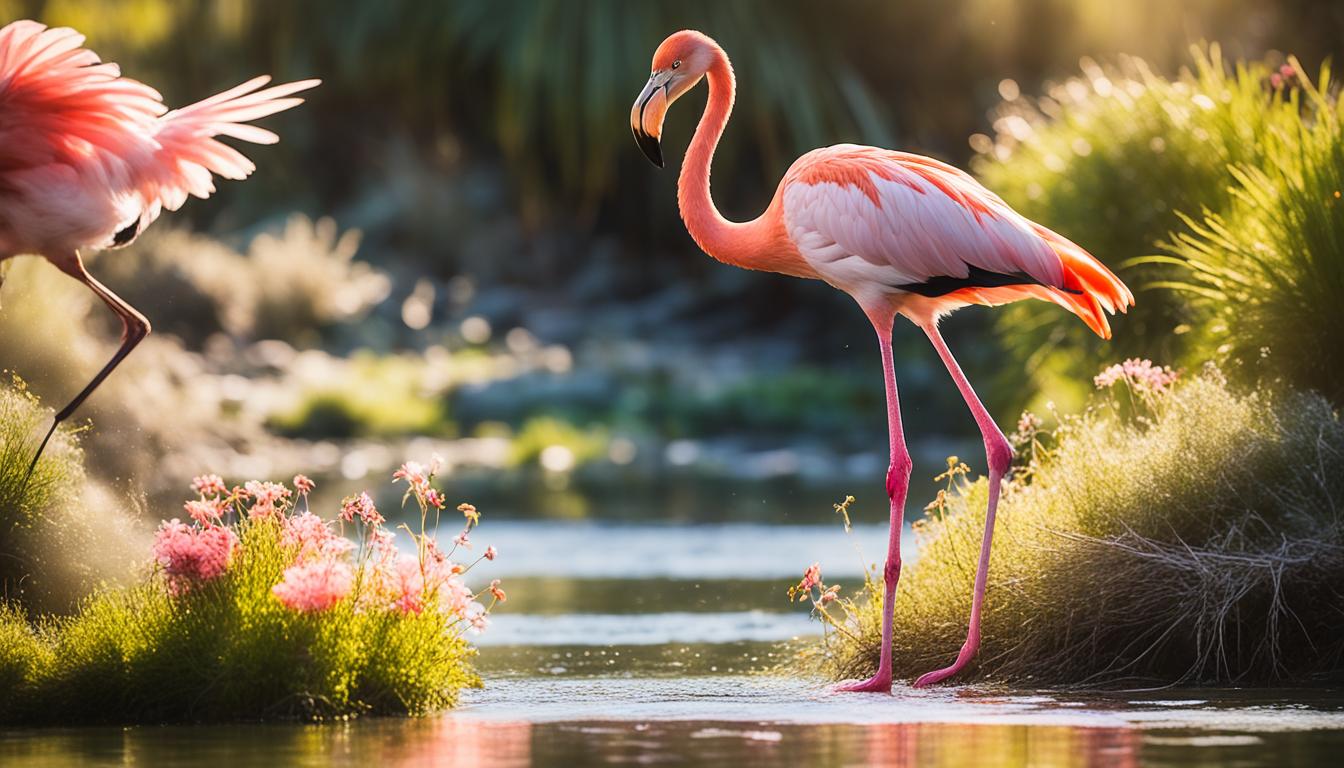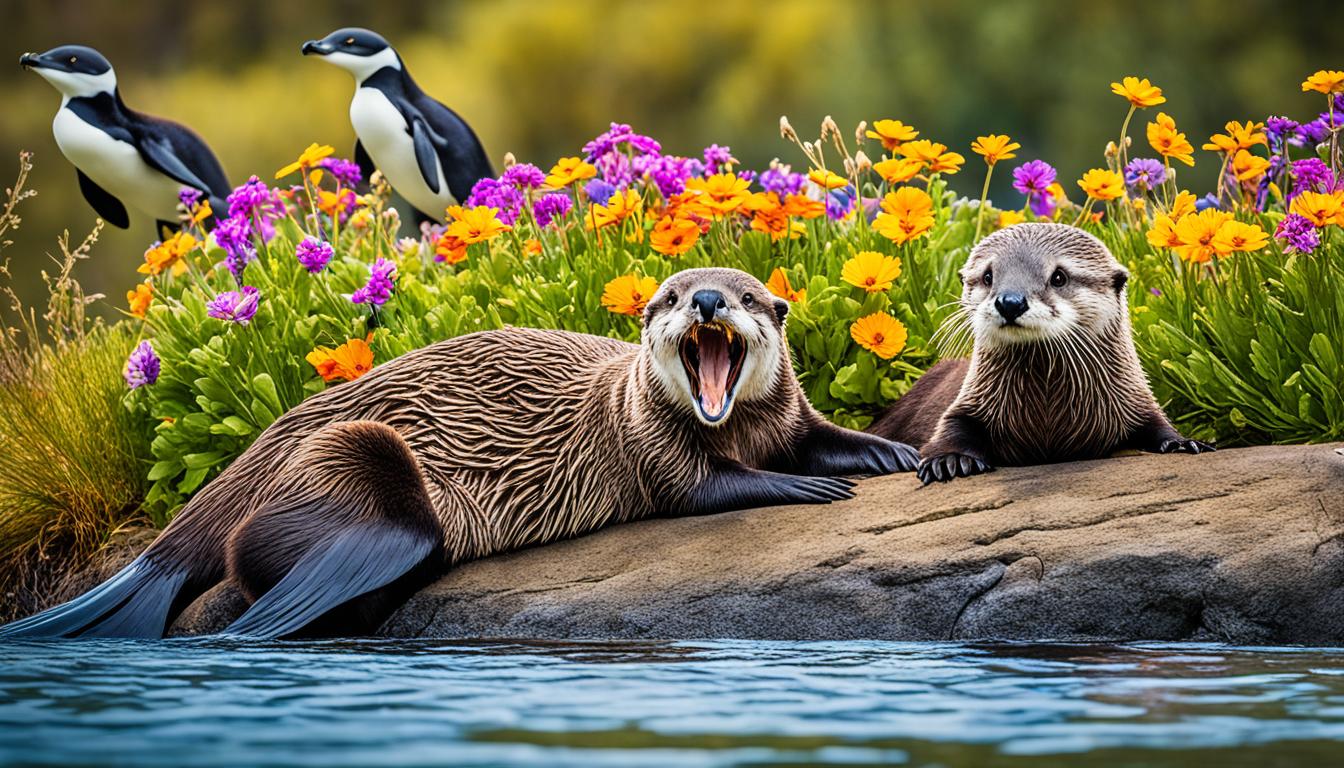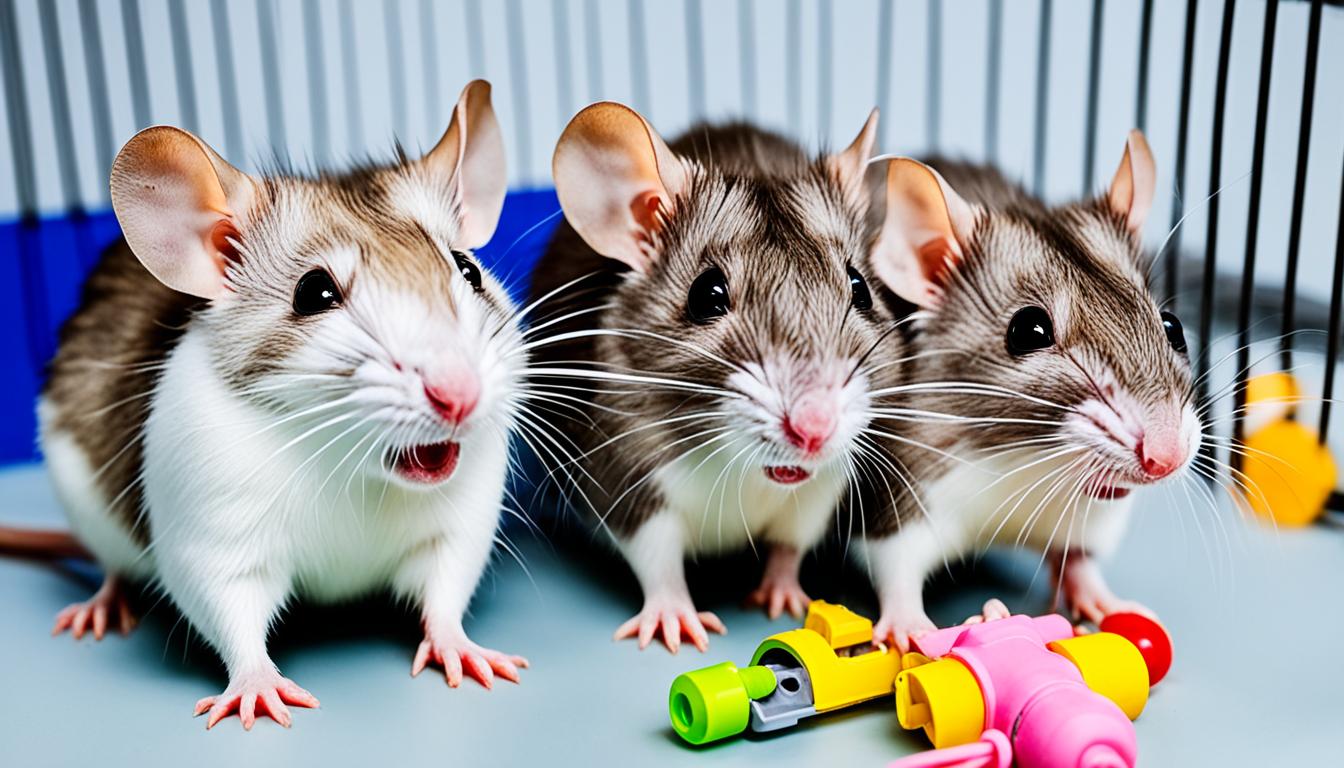When it comes to cats, heights vary based on breed and genetics. Maine Coon cats can reach up to 16 inches tall. However, Singapura cats are the smallest, typically measuring 6-8 inches in height. Factors such as breed, genetics, and nutrition all play a role in determining a cat’s size. It is important to accurately measure a cat’s height to track their growth. Monitoring both your cat’s height and weight is essential for their overall health. Keep in mind that cats grow quickly in their first year, with different breeds showing unique growth patterns. Cat height is fascinating – learn more about these captivating felines.
Key Takeaways
- Breed, genetics, and nutrition influence a cat's height.
- Measure cat height from floor to base of neck excluding the head.
- Cats grow rapidly in the first year with muscle development in the second.
- Monitoring weight alongside height is crucial for overall health.
- Consulting a vet for personalized advice on maintaining a healthy weight is vital.
Average Cat Height by Breed
When contemplating the average cat height by breed, it's essential to recognize the significant variations among different feline species. Examining a cat size chart, we can observe that the Maine Coon stands out as one of the largest breeds, with heights reaching up to 16 inches.
On the opposite end of the spectrum, the Singapura holds the title for the smallest cat, measuring a mere 6-8 inches tall. Bengal cats fall in the medium range, averaging between 13-16 inches in height. Persian cats, renowned for their luxurious coats, can reach heights ranging from 14-18 inches.
Understanding the average length of a cat by breed can assist cat owners in better preparing for their unique needs. Whether you have a grand Maine Coon or a dainty Singapura, knowing the typical height of your feline companion can help in ensuring their environment is suitable for their size.
Factors Influencing Cat Height

When contemplating a cat's height, numerous factors come into play, such as breed, genetics, and nutrition.
The breed of a cat can greatly impact its stature, with some breeds naturally taller or shorter than others.
Additionally, genetics and proper nutrition play essential roles in determining a cat's growth potential.
Factors Affecting Height Growth
Genetics greatly influence a cat's potential height, with male cats typically being slightly taller than females, and breeds like Maine Coons often exhibiting genetic predispositions for greater height.
When considering factors affecting height growth in cats, several key elements come into play:
- Genetic Predispositions: Different cat breeds carry specific genetic traits that can influence their height potential.
- Gender Variances: Male cats generally tend to be taller than female cats due to biological differences.
- Nutritional Impact: Proper nutrition during a cat's growth stages is essential for achieving ideal height development.
Considering these factors alongside environmental influences like living space and exercise levels can help support healthy height growth in cats.
Genetics and Nutrition
In understanding factors that influence a cat's height, genetics and nutrition play pivotal roles. Genetics determine a cat's potential height range based on its breed characteristics. Some breeds are naturally taller due to selective breeding practices that emphasize height traits.
Nutrition is equally important during a cat's growth stages; proper nourishment supports healthy development and aids in reaching full height potential. Conversely, malnutrition can stunt a cat's growth, leading to them falling short of their expected height.
Measuring Your Cats Height

To accurately measure your cat's height, simply measure from the floor to the base of its neck while it stands on all fours. Ensuring proper measurement is essential for understanding your feline friend's growth and overall size. Here are some key points to keep in mind:
- Exclude the Head: When measuring your cat's height, remember to exclude the head from the measurement. Focusing on the body's length from the floor to the base of the neck provides a more precise representation of your cat's height.
- Accuracy is Key: By following the correct method of measuring, you can avoid inaccuracies and discrepancies in determining your cat's height. Consistency in measurement helps in tracking growth patterns effectively.
- Importance of Height Measurement: Accurate height measurement plays an important role in monitoring your cat's development and ensuring they're growing at a healthy rate. Understanding how to measure your cat's height correctly contributes to their overall well-being and care.
Understanding Cat Growth Patterns

Exploring how cats grow and develop over time provides valuable insights into their physical maturation. Cats experience rapid growth in their first year, typically reaching their full height by around one year old.
During the second year, growth continues, but the focus shifts more towards muscle development rather than increasing in height. This muscle development contributes slightly to the cat's overall size.
Understanding these cat growth patterns is crucial for predicting their adult size accurately, especially when considering factors like breed and genetics. Different cat breeds have varying growth patterns, with some reaching their full size earlier than others.
Monitoring Cat Weight Alongside Height
Keeping a close eye on both your cat's weight and height is important for maintaining their overall health and well-being. Monitoring these factors can provide valuable insights into your feline friend's health status. Here are some key points to remember:
- Average Weight Relative to Height: Cats should maintain a healthy weight in proportion to their height to avoid obesity-related health issues. Regularly monitoring both weight and height can help guarantee your cat stays within the healthy range.
- Regular Measurement and Tracking: It's essential to regularly measure and track your cat's weight to detect any sudden changes or abnormalities. This can help in identifying potential health concerns early on.
- Consulting a Veterinarian: Seeking guidance from a veterinarian on monitoring your cat's weight and height is vital. Veterinarians can provide personalized advice on diet, exercise, and overall health management to safeguard your cat's well-being.
Healthy Cat Height and Weight Guidelines

When considering your cat's health, it's important to keep an eye on their height and weight. Ideal cat size can vary depending on the breed, age, and gender of the cat.
Monitoring your cat's growth and consulting your vet if you have concerns about their size is essential for ensuring their well-being.
Ideal Cat Size
What're the healthy cat height and weight guidelines for maintaining an ideal cat size?
When considering the ideal size for your feline companion, it's important to keep these factors in mind:
- Average Weight: A healthy cat typically weighs around 10 pounds, but this can vary depending on the breed and individual genetics.
- Body Length: The average cat height ranges from 9 to 10 inches for most domestic cats, with breeds like Maine Coons often being larger.
- Consult a Professional: If you have concerns about your cat's size, reaching out to a vet is essential to make sure they're healthy and at their ideal weight. Remember, proper nutrition plays a crucial role in maintaining your cat's size and overall well-being.
Monitoring Cat Growth
Monitoring your cat's growth involves tracking their healthy height and weight development to guarantee they reach their full potential by one year of age. For house cats, the average male cat typically reaches a height of 9-10 inches when fully grown. Maine Coons, a larger breed, can reach up to 10-16 inches in height. Keeping an eye on your cat's weight is equally important, with the average healthy weight hovering around 10 pounds. If your cat's growth deviates markedly from these averages, it's wise to consult a veterinarian. Remember, proper nutrition and regular vet check-ups play a vital role in supporting your cat's healthy growth.
| Cat Breed | Average Height (inches) | Average Weight (pounds) |
|---|---|---|
| House Cat | 9-10 | 10 |
| Maine Coon | 10-16 | Varies |
Frequently Asked Questions
How Tall Are Cats on Average?
On average, cats stand around 10 inches tall for males and 9 inches for females. Savannah cats top the charts at 17 inches. The height excludes the head, measuring from the floor to the neck's base while standing.
What Is the Average Size of a Full Grown Cat?
Am I pondering cat heights? On average, a grown cat stands around 9.5 inches tall. Males reach about 10 inches, while females are around 9 inches. Savannah cats top the height chart at 17 inches.
What Is Considered Large for a Cat?
Being considered large for a cat depends on factors like breed, genetics, and individual characteristics. Consulting a vet can offer insights. Large cats like Maine Coons can reach heights of 10-16 inches and weigh 15-25 pounds on average.
What Is Considered Small for a Cat?
When it comes to cat sizes, small breeds like Singapura, Japanese Bobtail, and LaPerm are known for their delicate build and compact size. These cats typically measure 6-8 inches in height and weigh around 4-8 pounds.
How Does Raw Cat Food Affect a Cat’s Growth and Height?
Feeding your cat the best raw cat food picks can positively impact their growth and height. Raw cat food is rich in essential nutrients that can support healthy development in cats. By providing a balanced raw diet, you can help your cat achieve their maximum growth potential.
Conclusion
To sum up, keeping track of your cat's height and weight is crucial for their overall health and well-being. Just like a gardener measures the growth of their plants, monitoring your cat's growth can help you guarantee they're developing properly.
By following guidelines and paying attention to changes in height and weight, you can help your feline friend stay happy and healthy, just like a watchful shepherd tends to their flock.










